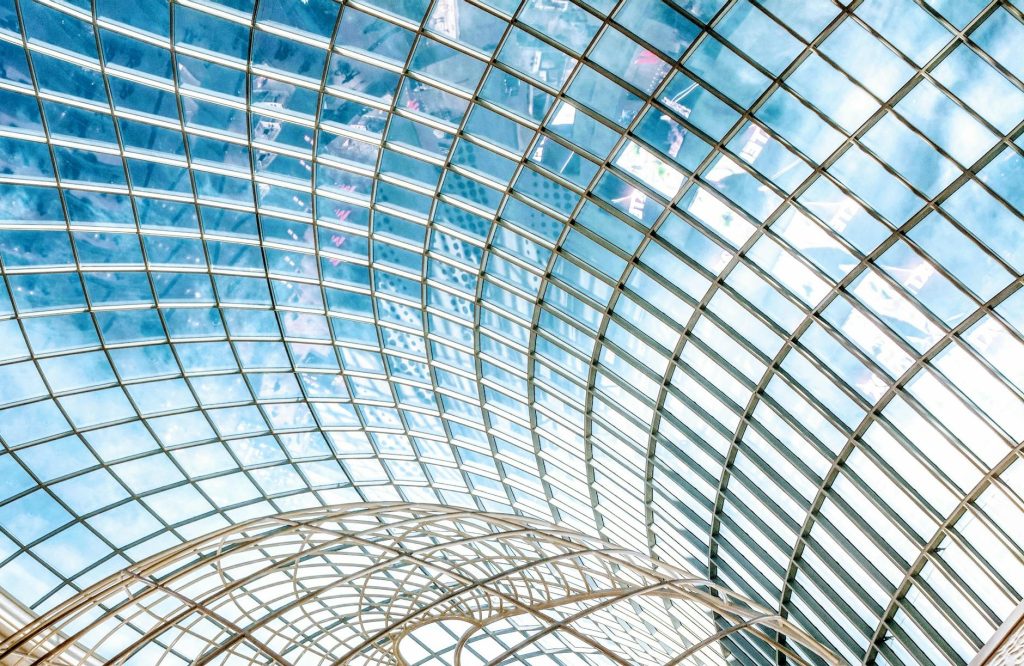Stainless steel flat bars are essential components in a wide range of metal structures. Their versatility, strength, and resistance to corrosion make them a popular choice in various industries. From supporting heavy loads in construction to providing aesthetic appeal in architectural designs, flat bars have proven their utility in modern engineering. In this article, we will explore the key applications of stainless steel flat bars, focusing on their functional and aesthetic contributions to metal structures.
Strength and durability in construction
One of the primary applications of stainless steel flat bars is in the construction industry, where they are used for their strength and durability. These bars play a critical role in reinforcing structures, especially in environments that require high resistance to wear and tear. Flat bars are often used in the construction of bridges, buildings, and industrial platforms due to their ability to support heavy loads and maintain structural integrity over time.
In construction projects, flat bars are employed as reinforcement in concrete, providing additional support to beams, columns, and frames. Their corrosion resistance is particularly valuable in projects exposed to moisture, salt, or harsh chemicals, as they prevent rusting and ensure the longevity of the structure. Additionally, their easy weldability and machinability make them a preferred choice for custom shapes and sizes, enabling architects and engineers to tailor their designs to specific project needs.
Versatility in architectural designs
Stainless steel flat bars are not only functional but also contribute to the aesthetic appeal of architectural projects. Their sleek and modern appearance adds a sophisticated touch to various designs, from commercial buildings to residential projects. Flat bars are commonly used in railings, handrails, and balustrades, offering a minimalist yet elegant look while providing essential support and safety.
Architects often choose stainless steel flat bars for exterior façades, as their resistance to weather elements ensures that the structures retain their appearance over time. The material’s ability to reflect light and maintain its shine adds a visual dimension to buildings, making them stand out in urban landscapes. Moreover, stainless steel flat bars are an excellent choice for creating artistic installations, sculptures, and decorative elements, enhancing the overall design of a space without compromising on strength or durability.
Industrial applications and equipment manufacturing
In the industrial sector, stainless steel flat bars are widely used in the production of equipment and machinery. Their high resistance to corrosion and heat makes them ideal for use in environments that are exposed to extreme conditions, such as chemical plants, food processing facilities, and offshore platforms. Flat bars are utilized in the construction of tanks, conveyors, and support frames, where their structural stability is crucial for the safe operation of heavy equipment.
In addition to their durability, stainless steel flat bars are known for their low maintenance requirements, making them a cost-effective solution for industries that demand long-lasting materials. If you are involved in industrial projects requiring robust and corrosion-resistant materials, check out the offer at https://rollsteel.eu/ for more information on high-quality stainless steel flat bars.
Sustainability and environmental impact
Stainless steel flat bars also play a significant role in sustainable construction and manufacturing. Due to their long lifespan and recyclability, these bars are an environmentally friendly option for metal structures. Stainless steel is 100% recyclable, which means that the material can be reused without any loss of quality, making it a key contributor to reducing waste in the construction and industrial sectors.
Moreover, the durability of stainless steel flat bars reduces the need for frequent replacements, which minimizes resource consumption and lowers the overall environmental impact of projects. As more industries and governments focus on sustainability, the demand for materials like stainless steel is expected to rise, further enhancing the importance of flat bars in eco-friendly design and construction.
Conclusion
Stainless steel flat bars offer a range of benefits for metal structures, from their strength and corrosion resistance in construction to their versatility in architectural and industrial applications. Their durability, low maintenance, and environmental friendliness make them an ideal choice for projects requiring both functional and aesthetic elements. As industries continue to evolve, the role of stainless steel flat bars in modern engineering will remain significant, ensuring that structures stand the test of time while contributing to a more sustainable future.
James Martin is a passionate writer and the founder of OnTimeMagazines & EastLifePro. He loves to write principally about technology trends. He loves to share his opinion on what’s happening in tech around the world.



